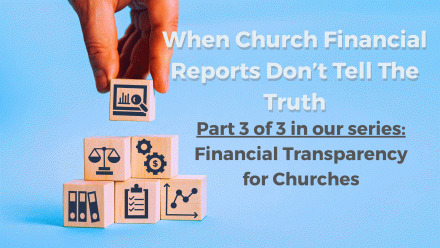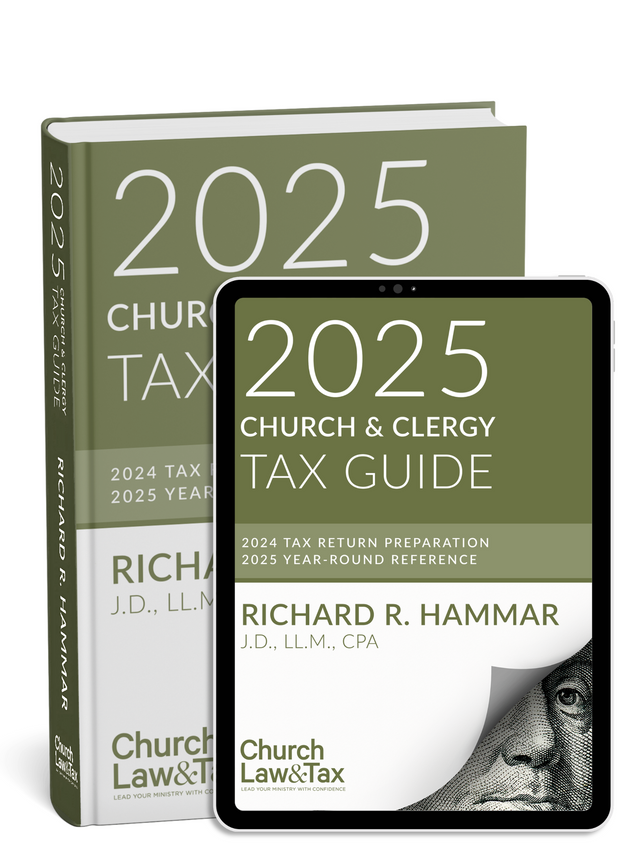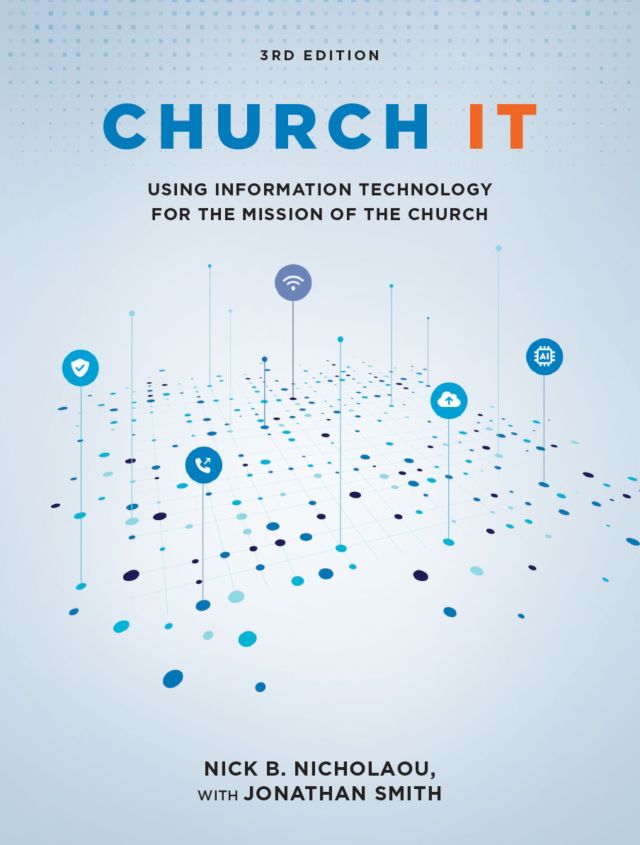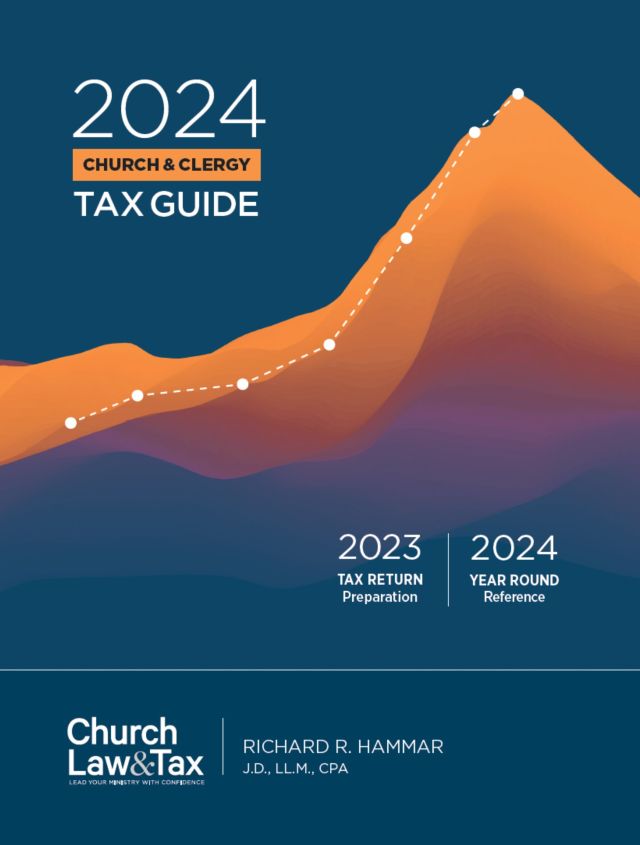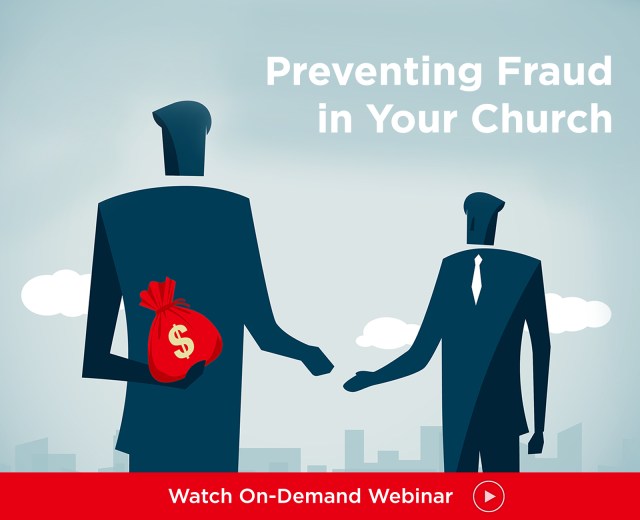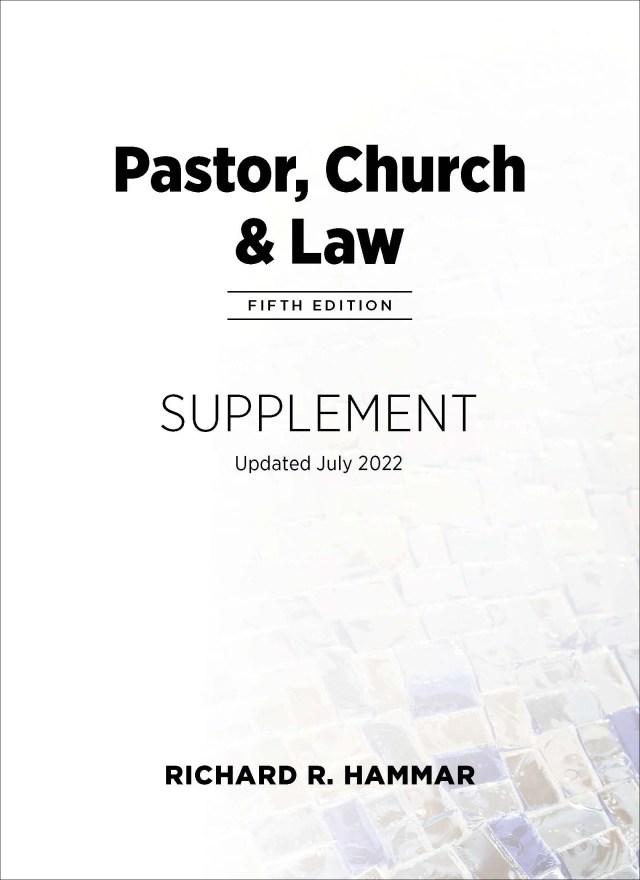Part 1 of 3: Why Every Church Needs Financial Oversight—Even When Trust Is High
Part 2 of 3: When One Person Handles the Money: How Churches Can Prevent Financial Risk
Church financial reports should provide clarity, not confusion.
Yet in many churches, the numbers shown in monthly reports do not reflect financial reality.
The budget may show a surplus, but cash feels tight.
The giving reports may look stable, yet expenses are outpacing income.
Leadership teams may feel unsettled, while the board quietly wonders if anyone understands what is going on.
These moments are not just technical issues. They are signals that something deeper needs attention.
Most churches rely heavily on trust. That trust is spiritual, relational, and often well-placed.
However, when financial systems are built only on trust and not supported by structure, that trust becomes vulnerable.
Financial confusion does not usually begin with fraud.
It starts with a missing system, a lack of financial training, or assumptions that go untested.
These situations are not malicious, but they are risky. They lead to decisions based on a picture that is incomplete or misleading.
Every church needs a reporting system that helps leaders understand what the numbers mean, what questions to ask, and how to act on what they see.
Start with the truth
The first step toward financial clarity is facing what is actually happening today.
That means pulling the last three to six months of financial reports and comparing them directly to the church’s actual bank balances.
If the reports show a surplus but cash is shrinking, then the system is hiding something important.
Strengthen your church’s financial integrity with Learn more about internal controls and ways to segregate duties through, “Safeguarding Your Church’s Finances,” an online training program from Church Law & Tax. Learn practical strategies for internal controls and effective ways to segregate duties.
Many churches unintentionally mix restricted and unrestricted funds, leading to an inaccurate cash picture. Others rely on budget-versus-actual reports without looking at cash flow, which can hide the reality of overspending or under-giving.
Stabilizing the system begins by checking whether restricted funds are being tracked separately, whether reconciliations are happening monthly, and whether someone besides the bookkeeper is reviewing them. If any of these steps are missing, then the financial foundation is not as solid as it appears.
Create a consistent reporting process
Once the current picture is clear, the next step is to design a process that provides reliable, readable, and consistent financial reports.
Most board members are not accountants. They should not be expected to decode vague spreadsheets or overly complex financial statements.
Reports should include a short narrative that summarizes key insights in clear language.
A simple paragraph can explain trends in giving, changes in expenses, and any red flags that require attention.
A monthly report will include giving totals, expense breakdowns, and any anomalies. Along with the numbers, a simple paragraph like this can help key leaders immediately understand what happened last month:
“Total giving came in at $82,500 around $4,000 below our monthly average. Expense tracked as expected, except for a $20,000 HVAC repair. No urgent concerns, but cash reserves dipped slightly, and we’ll keep an eye on trends if giving stays flat next month.”
This type of explanation brings context to the numbers without requiring leaders to dig through spreadsheets.
The goal is not more data. The goal is shared understanding.
Make financial clarity a leadership culture
Once the reports are standardized, the focus shifts to building financial literacy across the leadership team.
This is not about turning pastors into CPAs.
It is about helping key leaders understand what the numbers mean and how their roles affect the church’s financial health.
They understand by engaging with real-time data, asking better questions in planning meetings, and seeing how their decisions shape the church’s financial story.
When ministry leaders can read their budgets, understand their impact on cash flow, and spot areas of concern early, the entire system becomes stronger.
For example, during an outreach planning meeting, a team might dream about expanding a food distribution program. They may want to feed more families, open additional pickup sites, or move to weekly deliveries. Adding financial insight to the conversation doesn’t slow the vision. It makes the vision stronger. Understanding the cost of refrigeration, electricity, delivery vans, and staffing allows teams to scale with confidence, not guesswork.
Financial clarity turns great ideas into sustainable ministry.
Oversight should also be shared. No one person should control all the reporting, approvals, and reconciliation. Roles should be distributed, and team members should be rotated over time to avoid bottlenecks or blind spots.
Build long-term financial integrity
Once the church has stabilized its financial systems, created consistent reports, and trained its leadership, the final step is to make sure the structure lasts.
Good systems are not one-time fixes. They must be maintained, reviewed, and adjusted as the church grows and changes.
This means scheduling an annual financial review, even if it is not a full audit. It means documenting financial procedures so they are not trapped in one person’s memory. It also means rotating volunteers and committee members every two to three years so that oversight is always fresh and active.
Transparency should be part of the church’s public witness. Share with the congregation that the church reviews its finances regularly, uses checks and balances, and follows a reporting process that aligns with best practices. Donors do not expect perfection. They expect care, clarity, and stewardship.
Order creates trust
A church that commits to clarity, consistency, and oversight is not becoming more corporate. It is becoming more faithful. When reports are honest, easy to read, and reviewed regularly, the church can act with confidence. Staff and volunteers can lead without stress. Donors can give with joy.
Financial integrity is not built by having more spreadsheets. It is built by creating systems that help the right people see the right numbers at the right time. When that happens, the church is free to focus on what matters most: the mission.
If the numbers do not make sense, it is not a reason to panic. It is a reason to begin. One clear report, one better question, and one honest conversation can lead your church toward financial health that lasts.
